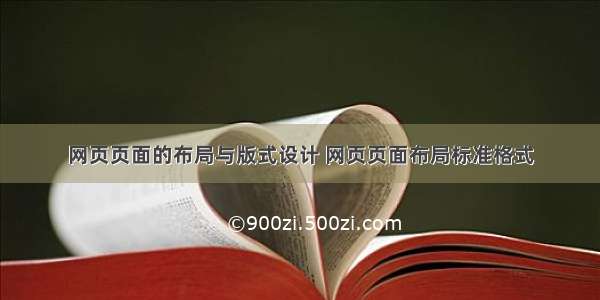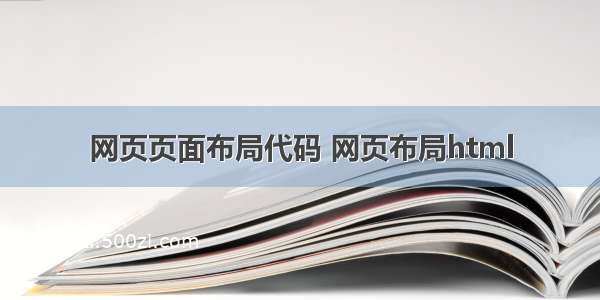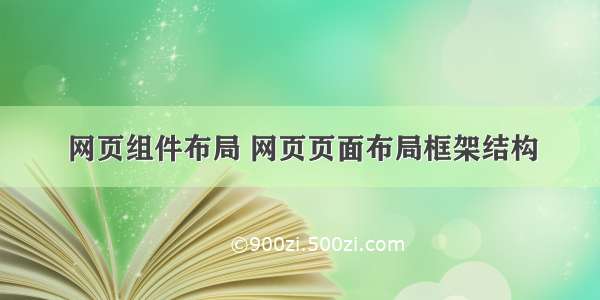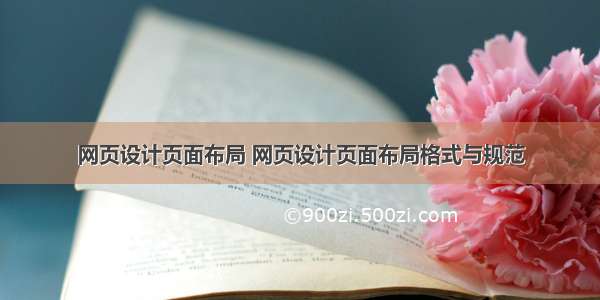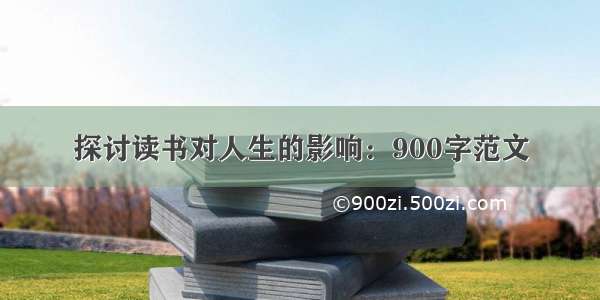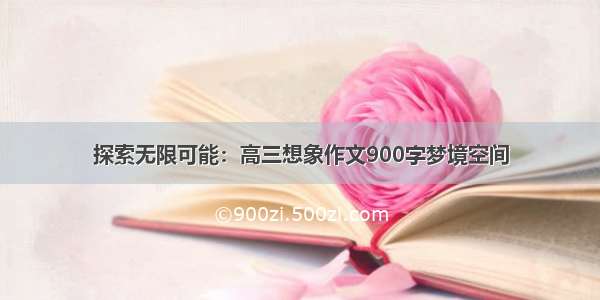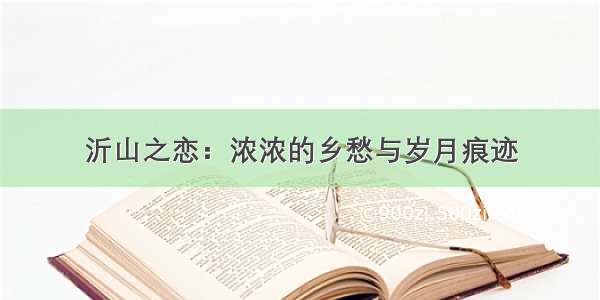
企业网站网页布局主要是指企业官网中各个版块和页面之间的排版和布局,包括页面的主题、导航、侧栏、内容排版等。一个好的企业网站网页布局应该是符合用户体验和视觉美感两方面的要求,同时也需要配合企业自身的品牌形象和营销策略。
2. 企业网站网页布局的设计原则
企业网站网页布局的设计原则主要有以下几个方面:
(1)目的性原则:企业网站的目的主要是为了宣传公司业务、产品、服务等信息,因此在展示页面布局时必须要根据这些信息的重要性来加以凸显。例如在展示最新的产品信息时,页面上需要突出的展现产品的特性、优势、使用方法等,让用户一眼就能够看到这些主要信息。
(2)简洁性原则:企业网站的页面设计需要具有简洁明了的特点,让用户可以快速地找到所需要的信息。同时也需要注意页面的美学效果,让页面整体具有美感。
(3)一致性原则:企业网站的页面布局需要确保各个页面的排版一致性,例如导航的位置、侧栏的位置等,在各个页面要相同或相似。这样可以使用户更容易找到所需要的信息。
(4)易用性原则:企业网站需要有良好的用户体验,用户易于操作,容易找到所需的信息。
3. 企业网站的页面布局结构
(1)首页
企业网站的首页是用户进入网站后的第一站,它需要充分展示企业的品牌形象,同时需要把企业的业务方向、最新动态和热门产品等主要信息通过简洁明了的布局展示出来,吸引用户进一步了解企业及其产品和服务。
通常情况下,企业网站首页采用较为简洁的布局,主要包括头部、主体和尾部三个部分。
头部:一般包括企业的标识、网站导航和用户登录等。
主体:一般采用轮播图或者大尺寸图片的形式,展示企业的核心业务、优势特点以及最新动态等信息。
尾部:一般包括版权信息、友情链接、联系我们、法律声明等相关信息。
(2)产品展示页面
企业网站的产品展示页面是介绍企业产品的重要页面,通常采用纯色背景以突出产品的特点和优势,同时需要将产品的信息详细地介绍出来,例如产品的特点、规格、应用领域等等。
产品展示页面的布局应该简洁明了,主要分为两部分:
一是产品图片展示区域,需要突出产品的特点和重要功能,可以使用高清大图或者环视图来突出产品的特点。
二是产品详情介绍区域,需要突出产品的主要特点,同时对产品的性能、规格等信息进行详细介绍,让用户更好地了解产品的应用价值。
(3)新闻中心页面
企业网站的新闻中心页面用于展示企业的新闻动态,一般采用阅读体验很好的列表式展示,将最新的新闻显示在列表中,方便用户浏览。
新闻中心页面的布局主要包括两个部分:
一是新闻列表,展示最新的新闻动态;
二是新闻详情,展示具体的新闻标题、日期、作者、内容等详细信息。
(4)关于我们页面
企业网站的关于我们页面主要是企业介绍和企业文化等信息的展示。布局要突出企业的品牌特点,同时能够凸显企业的专业性和业务实力。
关于我们页面的布局主要包括三部分:
一是企业概述,突出企业介绍、核心业务、发展历程等信息。
二是企业工厂或总部介绍,展现企业实力。
三是企业团队或人员介绍,突出企业的核心团队、技术人才等信息。
(5)联系我们页面
企业网站的联系我们页面是用户咨询、合作申请等信息提交的重要页面。页面的布局需要突出企业的联系方式和地理位置,方便用户与企业进行沟通和联系。
联系我们页面的布局包括两个部分:
一是联系方式展示区域,需要给出企业的联系电话、邮箱、地址等信息。
二是在线咨询模块,这里可以设置一个在线咨询的页面模块,让用户通过这种方式来与企业进行实时的沟通。
(6)招聘信息页面
企业网站的招聘信息页面是用于展示企业招聘需求的页面,主要展示企业招聘的职位和应聘流程等信息。如界面设计简洁明了,让访问者快速掌握企业招聘需求。
招聘信息页面的布局同样需要简洁明了,主要包括两个部分:
一是职位展示区域,需要将企业招聘的职位信息详细介绍出来,包括职位名称、工作地点、岗位要求等,同时需要突出该职位的优势和特点。
二是招聘流程介绍区域,主要是介绍企业的招聘流程和应聘注意事项,方便求职者了解招聘流程和所需的材料。
4. 企业网站网页布局需要注意的事项
(1)语言风格相对于内容更加重要:
在企业网站中要注意企业的品牌特征展示,以适合企业的语言风格来展现企业的特色,企业网站的语言应该是行业化的语言,尽量避免使用过于难懂的行业术语。
(2)导航栏布局需要合理:
企业网站中导航栏是极大的地方,起到招牌的作用,一定要让访问者快速找到自己需要的网页内容。为保证网站布局清晰明朗,企业网站导航栏的排版应该尽可能简洁,居中排放,不应该大规模占用整个屏幕。
(3)字体的大小和颜色需要配合网站色调:
字体大小也是企业网站的重要组成部分之一,字体的大小需要根据所需要展示的内容来进行调整。字体的颜色需要配合网站的颜色,以保证整体的美观性。
(4)网页内容排版要注意版面布局结构:
企业网站的页面布局需要根据所展示的内容来进行合理的排版,过于复杂的排版会影响用户阅读体验。排版需要注意版面的布局结构,打造简洁明了的版面,方便用户在视觉上快速定位所需要的信息。
(5)网页中图片要清晰明了:
企业网站中的图片可以起到很好的视觉引导作用,同时也可以让访客更快的了解企业所能提供的服务,但是过多的图片会导致网页加载速度变慢,所以添加图片需要权衡图片数量和网页速度。
5. 总结
企业网站网页布局是一个非常重要的设计环节,布局需要根据企业自身的特点、品牌形象和目的来进行合理的设计。企业网站需要使用简洁、口语化的语言,让访问者更容易理解企业展示的内涵,同时需要合理运用图片和图表等辅助工具,让网站更具吸引力,强调产品或服务的特色以吸引潜在客户。总之,一个好的网站布局应该能够让访问者更容易地了解企业和产品的特点,同时也能够体现企业自身的品牌形象和优势。
1. Introduction
In the current digital age, having a website is essential for any business to thrive. A well-designed website can be considered as the backbone of any business and can help in leveraging the digital presence of a company. An enterprise website is a comprehensive platform that showcases the products and services of the business, provides necessary information to the visitors, and can be considered as a lead generation machine. In this article, we will discuss the different aspects of enterprise website page layout and how it can be designed to create an engaging user experience.
2. Website Design Considerations
The design of an enterprise website should take into account different factors such as the brand image, the target audience, and the product or service offerings. The website should be designed to be visually appealing, and the layout should be responsive, making it easily accessible on different devices.
2.1. Branding
Every enterprise website should be designed to promote the brand image of the company. The website should be designed in a way that represents the brand image and voice of the company. The website design should be consistent with the companys offline branding, such as the company logo, font, colors, and the tone of the copy. This consistency helps in creating a seamless experience for the customers, building trust and reinforcing the brand identity.
2.2. Target Audience
Every enterprise website should be designed with a specific target audience in mind. The website design should cater to the needs, behaviors, and preferences of the target audience. For example, a website designed for young adults will have a different layout than a website designed for the elderly. The website design should be intuitive, easy to use, and should allow visitors to easily find the information they are looking for.
2.3. Product or Service Offerings
Enterprise websites are created to showcase the products and services of the company. The website layout should be designed in a way that prominently showcases the products or services offered. The website should be designed to provide detailed information about the products or services, such as features, benefits, and pricing. The website should be easy to navigate, and the call-to-action should be prominently displayed to encourage visitors to take the desired action, such as making a purchase or filling out a contact form.
3. Enterprise Website Page Layout
The layout of an enterprise website plays a critical role in providing an engaging user experience. The website layout should be designed to create a clear and easy-to-follow hierarchy of information, ensuring that visitors can easily find the information that they are looking for.
3.1. Header
The header is the top section of the website that contains the primary navigation, search bar, logo, and contact information. The header should be designed to be simple, clean, and should be consistent across all pages of the website. The primary navigation should be prominently displayed and should provide easy access to the main sections of the website.
3.2. Hero Section
The hero section is the section that appears at the top of the page and contains a clear and concise headline that communicates the value proposition of the company. The hero section should be designed to be visually engaging and should include a call-to-action that encourages visitors to take the desired action.
3.3. Product or Service Section
The product or service section is the section of the website that showcases the different products or services offered by the company. The product or service section should be designed to provide detailed information about the products or services, such as features, benefits, and pricing. The section should include high-quality images or videos that showcase the products or services and make them visually appealing to the visitors.
3.4. Features Section
The features section is the section of the website that showcases the different features of the products or services offered by the company. The features section should be designed to provide detailed information about the features and how they can benefit the customer. The section should include high-quality images or videos that demonstrate the features and make them visually appealing to the visitors.
3.5. Testimonials Section
The testimonial section is the section of the website that contains customer feedback and reviews. The testimonial section should be designed to provide social proof and build trust with the visitors. The section should include high-quality images of the customers and their feedback, making it visually appealing to the visitors.
3.6. Call-to-Action Section
The call-to-action section is the section of the website that encourages visitors to take the desired action. The call-to-action section should be prominently displayed and designed to be visually engaging. The section should include a clear and concise call-to-action that communicates the desired action, such as making a purchase or filling out a contact form.
3.7. Footer
The footer is the bottom section of the website that contains the secondary navigation, copyright information, and contact details. The footer should be designed to be simple, clean, and consistent across all pages of the website. The secondary navigation should be prominently displayed and should provide easy access to the secondary sections of the website.
4. Conclusion

